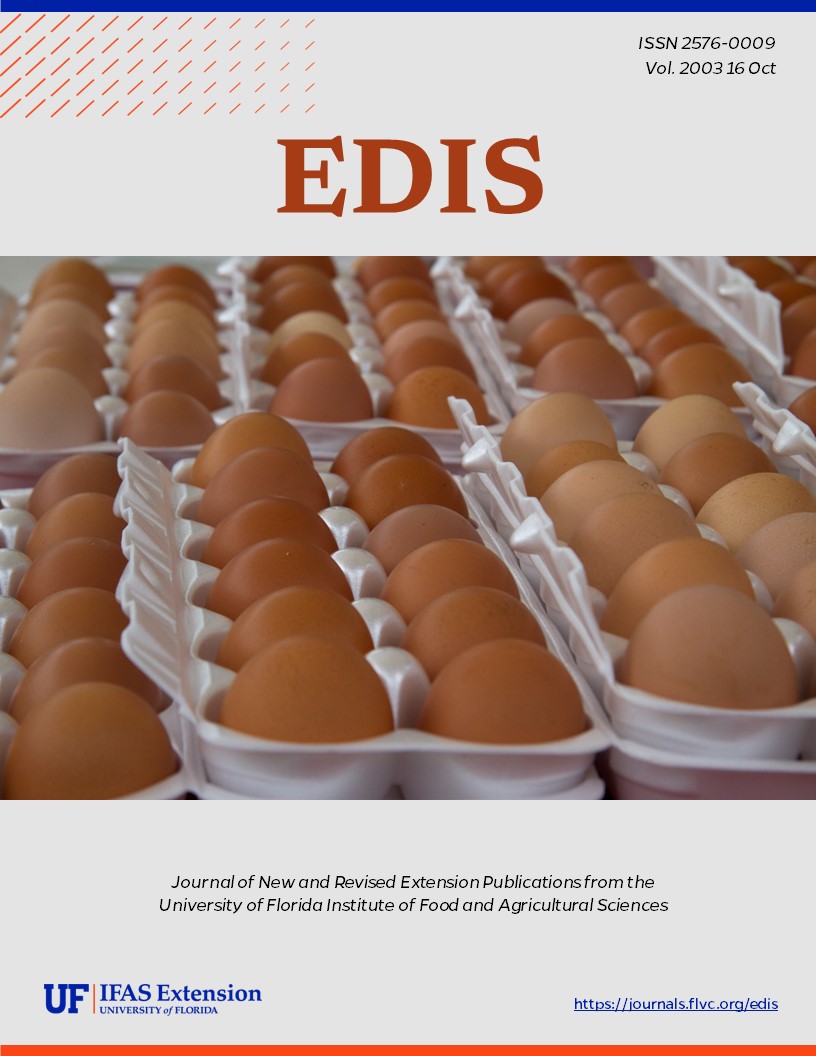Abstract
The Florida bromeliad weevil is an occasional and minor pest on ornamental bromeliads and occurs at very low population densities in its natural habitat. It should not be confused with the Mexican bromeliad weevil, Metamasius callizona, which is currently attacking five species of native bromeliads in 16 counties and will likely destroy populations of six additional species of already-threatened or endangered bromeliads if not brought under control. This document is EENY-209, one of a series of Featured Creatures from the Entomology and Nematology Department, Florida Cooperative Extension Service, Institute of Food and Agricultural Sciences, University of Florida. Published: May 2001.
References
Barber, H.S. 1920. A new tropical weevil from Florida and Cuba. Proc. Ent. Soc. Washington 22:150-152.
Creel, O.R. 2000. Up-close and personal with the evil weevil: One man's encounters with Metamasius callizona. http://www.fcbs.org/articles/olan_creel.htm (2 April 2001).
Frank, J.H. 1999. Bromeliad-eating weevils. Selbyana 20:40-48.
Frank, J.H. and M.C. Thomas. (September 2000). Weevils that eat bromeliads. http://bromeliadbiota.ifas.ufl.edu/wvbrom.htm (2 April 2001).
O'Brien, C.W. and M.C. Thomas. 1990. The species of Metamasius in Florida (Coleoptera: Curculionidae). Fla. Dept. of Agric. & Consumer Services, Division of Plant Industry, Entomology Circular No. 330.
Vaurie, P. 1966. A revision of the Neotropical genus Metamasius (Coleoptera, Curculionidae, Rhynchophorinae). Species groups I and II. Bull. American Mus. Natur. Hist. 131:213-337.
Unless otherwise specified, articles published in the EDIS journal after January 1, 2024 are licensed under a Creative Commons Attribution-NonCommercial-NoDerivs 4.0 International (CC BY-NC-ND 4.0) license.

